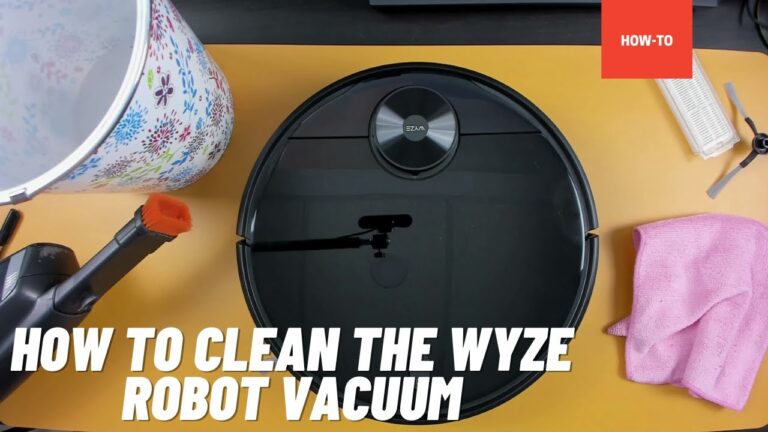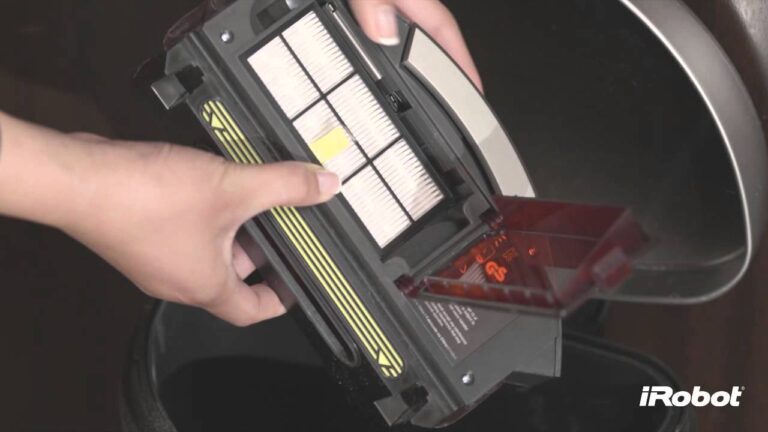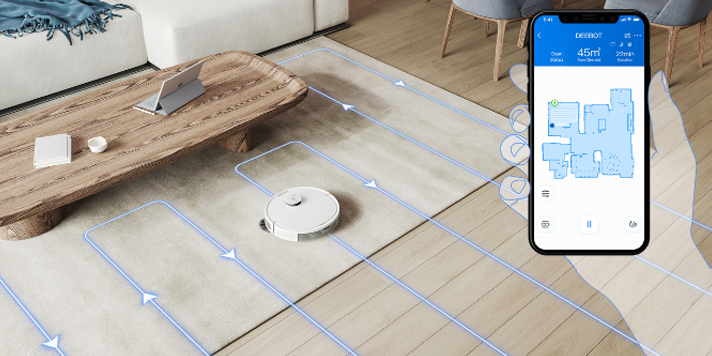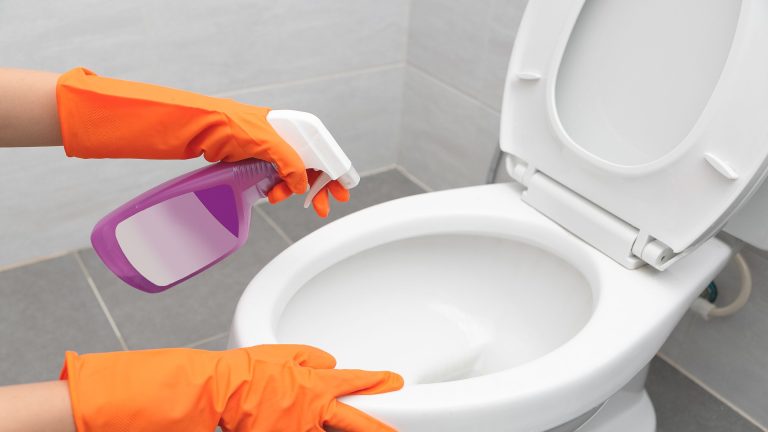How Often Should You Run Your Robot Vacuum?

A robot vacuum should be run daily or every other day for optimal cleaning effectiveness. Now, let’s delve into the details of why regular use of a robot vacuum is essential.
With our busy lives, finding time to clean our homes can be a challenge. Luckily, robot vacuums are designed to take some of that burden off our shoulders. These intelligent machines use sensors to detect and navigate around obstacles, efficiently cleaning your floors while you go about your day.
By using a robot vacuum regularly, you can maintain a cleaner home environment, reducing the accumulation of dirt, dust, and allergens. Additionally, it can help prolong the life of your flooring by preventing abrasive particles from settling in. So, let’s explore the benefits of regularly using a robot vacuum.
Benefits Of Running Your Robot Vacuum Frequently
Running your robot vacuum frequently is highly beneficial as it keeps your home cleaner for longer. Regular use helps to reduce allergens and dust particles, ensuring a healthier living environment. Moreover, it saves you valuable time and effort by eliminating the need for manual cleaning.
By running your robot vacuum regularly, you can easily maintain cleanliness and order in your home without much hassle. It’s a convenient solution to keep your floors clean and free from debris, making it a worthwhile investment for any household.
So, make it a habit to run your robot vacuum regularly and enjoy the benefits of a cleaner and healthier home.
Factors To Consider When Determining Frequency
Determining how often to run your robot vacuum depends on several factors. First, consider the size of your living space. A larger space may require more frequent cleaning for optimal results. Next, think about the level of foot traffic in your home.
If you have a busy household with many people coming and going, you may need to run the vacuum more often. Additionally, the number of pets in your home plays a role. Pet hair and dander can accumulate quickly, necessitating more frequent cleaning sessions.
Finally, consider the type of flooring in your home. Carpets, hardwood, and tile each have different cleaning needs. Take these factors into account to find the right balance for keeping your home clean and fresh.
Recommended Frequency For Different Situations
When it comes to running your robot vacuum, the recommended frequency varies depending on your situation. In small apartments, it is advisable to run it daily or every other day. For medium-sized homes, running it 2-3 times per week should suffice.
In larger homes, a frequency of 4-5 times per week is recommended. Consistently maintaining this cleaning schedule will help to ensure that your floors stay clean and free from dust and debris. By incorporating these guidelines into your robot vacuum routine, you can keep your home looking neat and tidy without exerting excessive effort.
Remember that a regular cleaning schedule can contribute to a fresher and healthier living environment for you and your family. So, determine the size of your home and adjust the frequency of running your robot vacuum accordingly.
Frequency Adjustments For Specific Scenarios
Running your robot vacuum depends on specific scenarios. If you have pets at home, increase the frequency by 1-2 times per week. For high foot traffic areas, it’s best to run the vacuum daily. Allergy sufferers should also run the vacuum daily, paying extra attention to bedrooms.
By adjusting the frequency according to your situation, you can ensure that your robot vacuum keeps your home clean and fresh.
Maintaining The Longevity Of Your Robot Vacuum
Maintaining the longevity of your robot vacuum is crucial for its optimal performance. Clearing debris from the brushes and filter should be done regularly to ensure efficient functionality. Remember to empty the dustbin after each cleaning cycle to prevent clogging and maintain suction power.
Additionally, scheduling routine maintenance and cleaning tasks will help keep your robot vacuum in top shape. By following these practices, you can prolong the lifespan of your robot vacuum and enjoy its benefits for years to come. Keep your robot vacuum running smoothly by staying on top of its maintenance needs.
Additional Tips For Effective Cleaning
You can optimize the cleaning process of your robot vacuum by following these additional tips. Before running the vacuum, remove any obstacles and loose items from the area. This will ensure that the vacuum can move freely without getting stuck.
You can also use boundary markers to section off specific areas that you want the vacuum to focus on. This is particularly helpful if you have areas with more dirt or pet hair. Additionally, consider running the vacuum during periods of low human activity, such as when everyone is out of the house or during the night.
This will minimize interruptions and allow the vacuum to clean more efficiently. With these tips, you can ensure that your robot vacuum performs at its best for a cleaner home.
Frequently Asked Questions For How Often Should You Run Your Robot Vacuum
What Is The Best Time To Run A Robot Vacuum?
The best time to run a robot vacuum is when you are not using the space. It is recommended to run the vacuum during the day if you are away at work or school. This way, the robot can clean efficiently without any interruptions.
Running the vacuum at regular intervals ensures a consistently clean environment. It is important to note that every home and its occupants have different schedules and needs, so finding the best time for you might require some trial and error.
How Often Should You Empty A Robot Vacuum?
Emptying your robot vacuum depends on factors such as the size of your home and the amount of dirt it collects. For optimal performance, empty it when the dustbin is full or at least once a week. Cleaning the vacuum regularly ensures efficient cleaning and suction power.
How Long Does It Take For A Robot Vacuum To Map Your House?
A robot vacuum typically takes around 1-2 hours to map your house. It uses advanced sensors and mapping technology to navigate and create a detailed map of your home. During this process, the vacuum moves around your house, familiarizing itself with the layout and location of obstacles, furniture, and walls.
The time taken to map your house can vary depending on factors such as the size of your home, complexity of the layout, and the efficiency of the vacuum’s mapping algorithms. It’s important to note that the initial mapping may be followed by subsequent updates as the vacuum learns and adapts to your home over time.
With each cleaning cycle, the robot vacuum becomes more familiar with your house, resulting in more efficient and effective cleaning.
Conclusion
The frequency at which you should run your robot vacuum ultimately depends on your specific needs and the level of cleanliness in your home. While some may find that running it daily or every other day keeps their floors spotless, others may opt for a less frequent schedule to conserve battery life or minimize noise disruptions. Ultimately, it’s essential to strike a balance that works for you and your home, ensuring that your robot vacuum serves as a convenient cleaning companion without becoming a constant background presence in your daily life.




